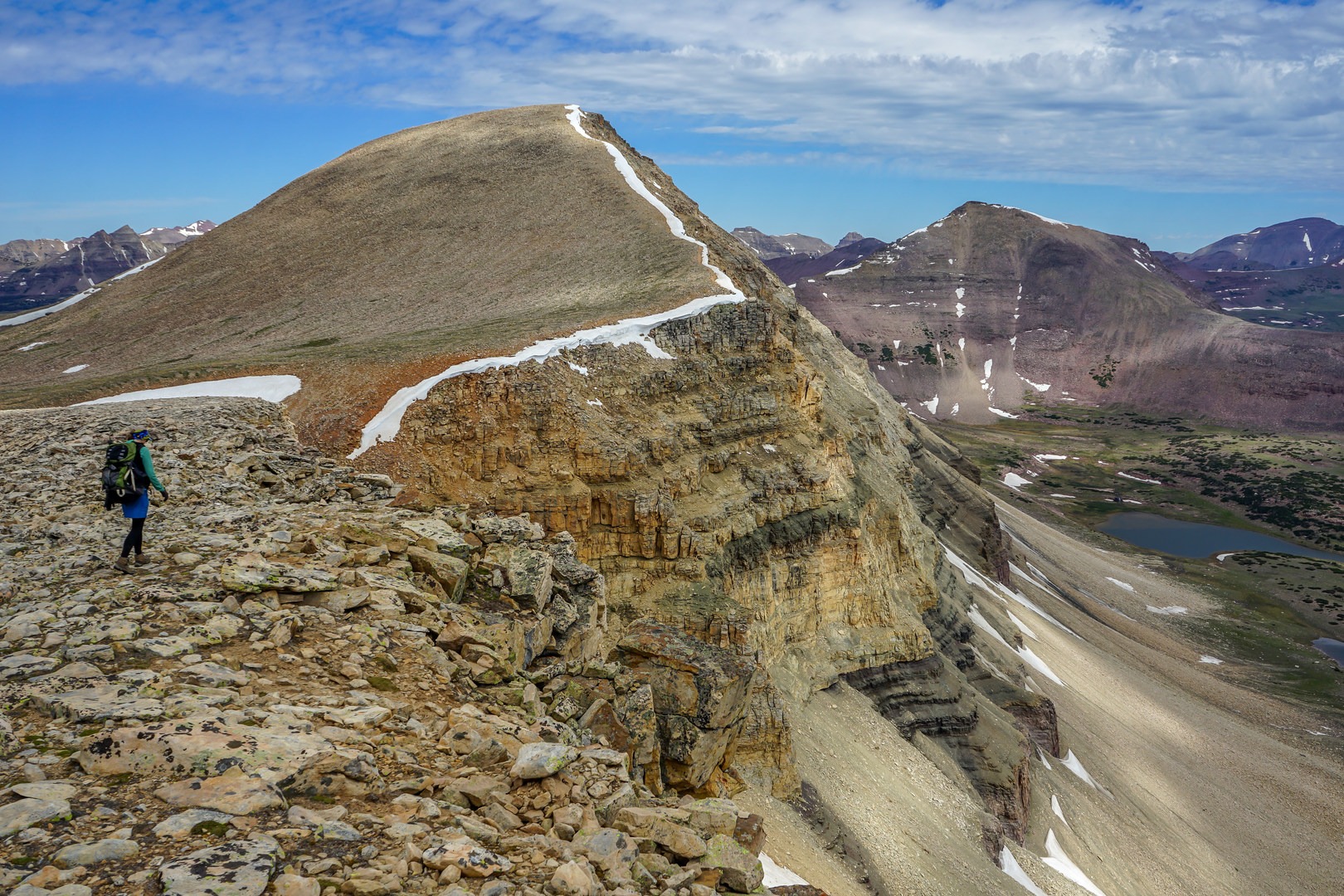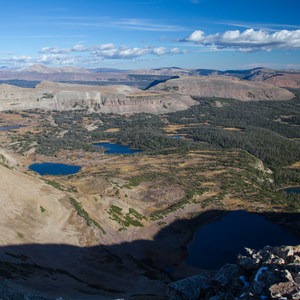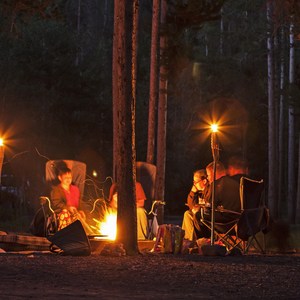The Uinta Mountains of far North Eastern Utah contain Utah's tallest and wildest peaks. There are 17 to 21 13ers in the Uintas and countless 12,000-foot peaks. Add in a wilderness designation containing a whopping 450,000 acres of the heart of the range, and you have a recipe for a true alpine wilderness.
The Uinta Mountains are big and wild and contain a huge area of meadows, forests, and lakes surrounding the peaks. Because of this, every single peak in the range outside of the Mirror Lake Highway takes a tremendous amount of effort to summit. The closest 13er to a trailhead is Tokewanna Peak, which is about 17 miles round trip. The 12,000-foot peaks require the same amount of effort to summit. On top of this, there are no designated trails to any peak in the range outside of Bald Mountain, so slow cross-country travel is to be expected. Simply put, adventuring in the Uinta Mountains takes a lot of effort band planning, but it is incredibly rewarding.
Squaw and Cleveland Peaks are sister peaks located in Squaw Basin on the South Slope of the Uintas. Squaw Basin is really an offshoot basin of Rock Creek Basin, which is the largest in the South Slope and one of the largest mountain basins in the Mountain West. Summiting Cleveland and Squaw Peaks takes a minimum of two days due to the 27 to 29 miles of round-trip hiking, and only 22 of those miles has a semi-maintained trail. This is a trip for people who find joy out of climbing wild, isolated mountains, no matter how technically challenging it is to gain the summit.
To summit Cleveland and Squaw peaks, it is best to camp at Squaw Lake. Squaw Lake sits just above 10,000 feet in the heart of Squaw Basin and has beautiful views of Cleveland, Squaw, and Brown Duck Mountain. Getting to Squaw Lake requires 12 miles of one-way hiking and about 2,200 feet of elevation gain. There are several trail junctions along the way to Squaw, all of which are signed. From the trailhead, take the first trail junction toward Rock Creek Basin, then turn right toward Squaw Basin, passing the signed junction to Tworoose Pass in favor of Cleveland Pass. As you approach Cleveland Pass there will be a signed spur trail to Squaw Lake. Plan on this hike taking just about all day. It is highly recommended to have Gaia GPS downloaded for this hike, as the trail can be faint at times and is seldom maintained.
Enjoy the night at Squaw Lake, which you will almost certainly have to yourself. There are ample campsites all over the lake. From the lake, travel cross country directly toward Cleveland Peak. The mosquitos will likely be thick, and the forests are full of downed trees, so travel is generally slow. Once at the base of Cleveland Peak, there are many routes to the summit. The best route is up the southern ridge close to Cleveland Pass. From this ridge, or ramp, you can boulder hop to the summit ridge, which is a gently sloping rocky meadow. From the summit of Cleveland, the route up Squaw Peak is obvious. Descend to the saddle between the two mountains and hike up the ridge to Squaw Peak. This is all Class 2 at its most difficult. From the summit of Squaw Peak, the entire High Uintas Wilderness is laid out below you. You can see east all the way to Kings Peak and west all the way to the Mirror Lake Highway. The Lovenia Twins (Utah's hardest mountains to summit) are directly east and are stunning to view from this angle. To descend, there is a route down from the saddle between Cleveland and Squaw. There are a lot of cliffs in this area, so descending takes patience and good route finding.
This adventure is physically taxing and would be most enjoyable over a three-day period, although two days is certainly doable for the very fit hiker. Do not expect to encounter any people on this hike, and you will not have phone service for miles before the trailhead even comes into view. Be self-sufficient and prepared, and the trek up Cleveland and Squaw Peaks will be a memorable one.
































Comments
Sign In and share them.